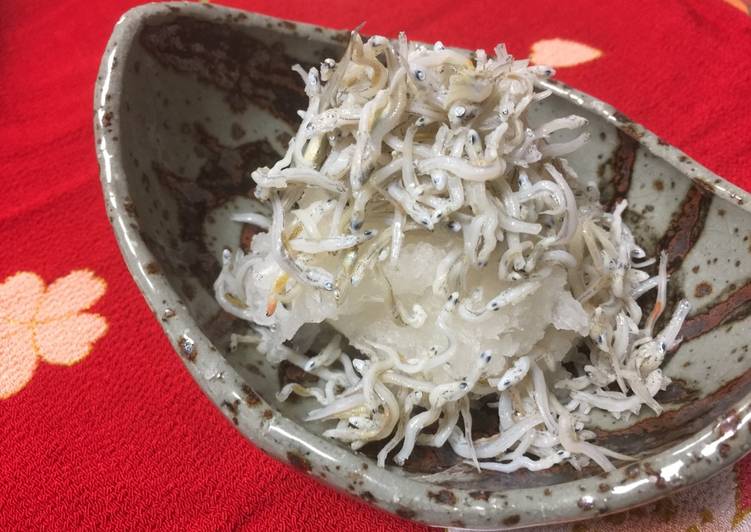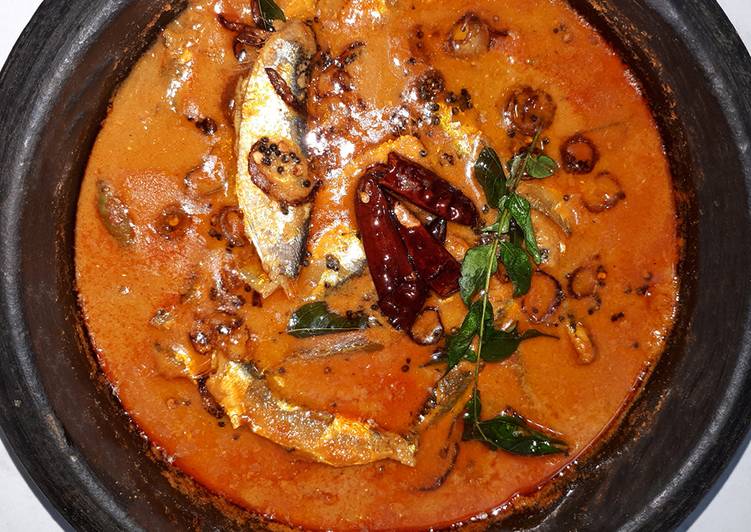
Hello everybody, it’s John, welcome to our recipe site. Today, we’re going to prepare a special dish, japanese daikon radish with young sardines. It is one of my favorites. This time, I will make it a bit unique. This is gonna smell and look delicious.
Japanese cuisine, buckwheat noodles with Okura and fermented soybeans called Natto. Japanese cuisine, homemade fried young sardine and rice. Want an easy Japanese side dish?
Japanese Daikon Radish with young Sardines is one of the most popular of current trending meals in the world. It is simple, it’s quick, it tastes delicious. It’s enjoyed by millions every day. They are fine and they look wonderful. Japanese Daikon Radish with young Sardines is something which I’ve loved my whole life.
To get started with this particular recipe, we have to first prepare a few components. You can have japanese daikon radish with young sardines using 2 ingredients and 6 steps. Here is how you cook that.
The ingredients needed to make Japanese Daikon Radish with young Sardines:
- Take 10 cm Daikon radish
- Prepare 50 g boiled and dried young sardines
I pair the radish with the wonderful crunchiness and flavor of. Daikon (大根, literally "big root") is a generic term for radish in Japanese language. For example, European radish is called hatsukadaikon (廿日大根) in Japan. In the West, the word daikon sometimes refers to long white Asian radish varieties and sometimes Japanese radish varieties.
Steps to make Japanese Daikon Radish with young Sardines:
- Please choose the middle of Daikon
- Peel the skin and cut half
- Grate Daikon
- And drain in a sieve for 2-3 minutes
- Dish grated Daikon and sardines and eat with soy sauce
The combination of rice, daikon (white radish) and aburaage (fried thin tofu) in daikon gohan is just perfect. Rice with White Radish (Daikon Takikomi Daikon is the most consumed vegetable in Japan and obviously I am a typical Japanese consumer. I don't know about your country and region, but. Raw daikon radish contains digestive enzymes such as amylase, protease, and lipase, but enzymes are weak against the heat, so it is better if eaten uncooked. That is why eating daikon oroshi with greasy fried food and fish is a preferred way of eating.
So that’s going to wrap it up with this exceptional food japanese daikon radish with young sardines recipe. Thank you very much for your time. I’m confident you will make this at home. There’s gonna be interesting food in home recipes coming up. Remember to bookmark this page on your browser, and share it to your loved ones, friends and colleague. Thanks again for reading. Go on get cooking!


